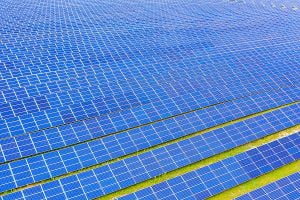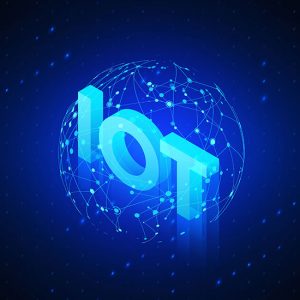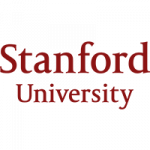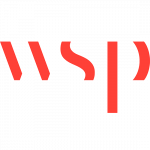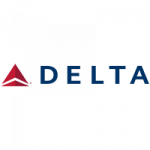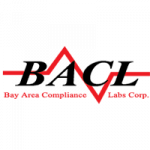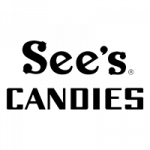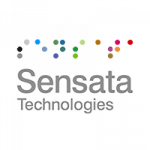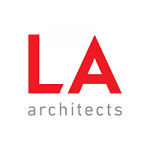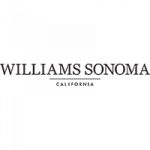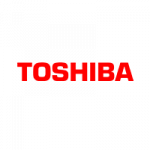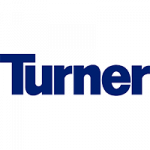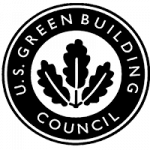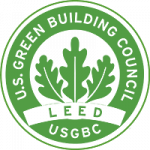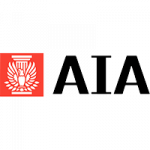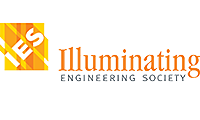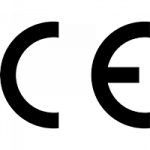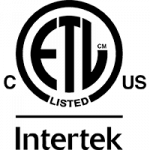California’s Energy Code, also known as Title 24 can look overwhelmingly complex.
This is a quick overview of Title 24 lighting. It explains in simple terms why California came up with Title 24 and how your business can benefit. The easy-to-understand guide will introduce you to important concepts and the latest technologies. We have also provided some information on digital ‘plug-and-play’ lighting solutions. By the time you finish reading this guide, you will have a basic understanding of California’s Energy Efficiency Standards and available lighting technologies for your nonresidential building.
- Comply and (even exceed) California’s energy efficiency standards.
- Increase efficiency: Reduce 80% of your Lighting Installation Cost. Slash operational costs.
- Radically Improve Sustainability: Reduce heat and destroy 85% of your Carbon Footprint.
- Eliminate the risk of Fire or Electrocution from your Building’s Lighting.
- Improve Health and Safety: Eliminate unhealthy and harmful pollutants and radiations in occupied spaces.
Let us dive right in.

Energy Wastage and Carbon Pollution in The United States
Commercial buildings in the United States:
- Consume 6 quads of electricity (35 percent of electricity consumed in the U.S), and
- Generate 826 million metric tons of carbon dioxide emissions (16 percent of all U.S. carbon dioxide emissions)
- Lighting represents approximately one-third of electricity use in commercial buildings and more than one-half in lodging and retail (U.S. Department of Energy)

California’s Energy Efficiency Standards
Like most countries and states, California is grappling with various issues relating to global warming and climate change. The state has witnessed alarming changes in precipitation patterns, temperature, sea-level rise, and extreme events (wildfires, flooding, and heat waves). Five of the deadliest, seven of the most destructive (in terms of structures destroyed), and four of the largest wildfires in California’s history occurred within the last four years). The human, environmental and economic costs have been massive.
California, an international leader in combating climate change and reducing greenhouse gasses. The state is taking a multifaceted approach towards achieving a global clean energy future.
California’s goal is to double the State’s energy efficiency savings by 2030. Achieve 100% clean Zero-Carbon renewable energy, also known as Net-Zero Energy or Zero-net Energy (ZNE) by 2045.
The California Energy Commission is spearheading the State’s efforts in achieving these ambitious goals by helping draft California’s Energy Efficiency Standards. The most significant is Title 24.
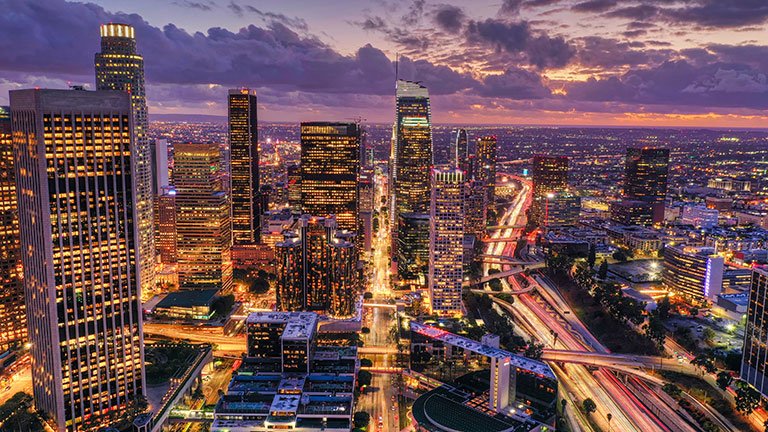
What Is Title 24 Lighting?
Title 24 is the California Building Standards Code published under the California Code of Regulations (CCR). Through Title 24, the State of California sets the standards for Energy Efficiency, Safety and Accessibility, for all new construction and retrofits to buildings within the state.
A building’s energy efficiency is mandated by Title 24, Part 6, also known as the California Energy Code. Sustainability is addressed by Part 11, the California Green Building Standards Code. The rest cover the building’s Electrical, Mechanical, Plumbing, Fire, and other codes.
When Does Title 24 Apply?
Title 24, Part 6 in Practice
All nonresidential buildings must be designed and built to comply with the Mandatory requirements (lighting controls are mandatory) in the Energy Code. A buildings lighting system falls into 3 main categories: Lighting, Controls and Power.
Here’s a layman’s guide to California’s Title 24, Part 6 requirements. Get an understanding of how to use the correct technologies in your building so you could meet (and exceed) CEC Title 24.

Layer and Balance Your Lights
Ambient Lighting
Ambient Light also known as General Lighting tends to be the predominant lighting source in a room or zone and substitutes for natural light. Ambient lighting is your ‘base’ lighting, upon which task and accent lighting will be layered on. Typical ambient lighting sources are ceiling or wall-mounted luminaires, recessed lights, or suspended pendants.
Task Lighting
Task Lighting is an add-on to the base ambient lighting. Typically, a close, compact, ‘work area’ light; it helps visual tasks easier and increases work efficiency. The focused, bright light may come with a dimmer. Examples are desktop lighting and undercabinet lights.
Accent or Display Lights
Accent lights are used to highlight a product display, illuminate an interior design element, or spotlight an artwork. Tunable LED lights are becoming more widespread and cost effective. Companies are using accent light to color wash their walls to highlight products. Medical facilities are using them to follow the circadian rhythm (indoor lighting follows the sun’s cycle) in certain areas. Schools are using Tunable White LEDs to improve student health and academic performance.

Use More Efficient, Higher Quality Lighting
Light bulbs or luminaires draw in power (watts) and produce light (lumens). An efficient luminaire produces more light using less power. It is called a light source’s efficacy. Efficacy is measured as a ratio of light output to the power of that source.
Efficacy = Lumens / Watts
LED lights have the highest efficacy compared to all other light fixtures.
The Color Rendering Index (CRI) measures the true colors of an object using a scale from 0 to 100. A CRI of 100 is the maximum possible value and equivalent to natural sunlight. Typical LED lights have a good CRI of 80. Brands like LightZero’s Advanced LED lights boast an industry leading CRI of 97.
Here are a few reasons why LED lights are superior to traditional incandescent lamps and compact fluorescent lamps (CFL).
- Highest Efficacy: Produces more lumens per watt.
- Lowest Energy Costs: Luminaires use considerably less energy.
- Longest Life Span: Lasts 120 times longer than the typical Incandescent Bulb.
- Best Quality ‘True Color’ Lighting: High quality light almost indistinguishable from sunlight
140% More Efficient Lighting
Use Smarter Controls
A mandatory requirement in CEC 24, lighting control in nonresidential buildings range from basic ON/ OFF wall switches with dimming capability to advanced integrated systems that include drivers, controllers, sensors, user interfaces, computer software, Cat-6 cables (computer data cables) and mobile apps.
Control strategies in commercial buildings include scheduling, tuning, vacancy/ occupancy control, daylight harvesting and automated demand response.

DC Powered Digital Networks
Advanced building lighting controls use an intelligent, network based digital communication system to adjust power and control lights using a centralized computer or wireless mobile device.
The systems can power and control an area (zone control) or an entire building. Probably the most exciting development in networked lighting control systems is Power over Ethernet (PoE Lighting) and Digital Lighting systems.
Both PoE and Digital Lighting use Ethernet cable cables (computer data cables) to power and control a building’s light fixtures (luminaires). They are also able to transmit data using the same Ethernet cable.
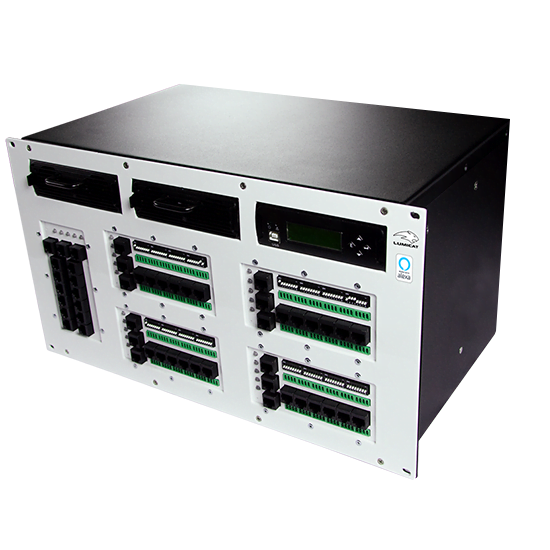
Unlike PoE Lighting, Digital Lighting systems provide a far efficient centralized AC to DC power conversion and lighting control. It also removes PoE nodes and drivers from fixtures. This reduces heat in the occupied space, and energy costs.
The DC powered digital lighting system comes in ‘modular’ components. This ‘plug-and-play’ solution built to military specs, is not only robust, but also scalable and simple to install.
The best part?
Digital Lighting meets and exceeds California Title 24 regulations by a wide margin.

